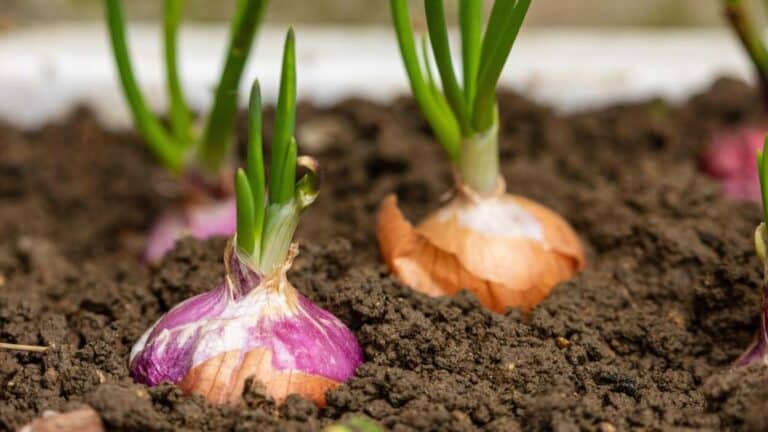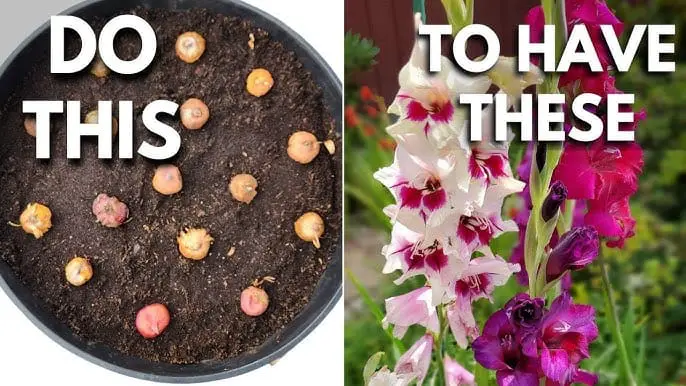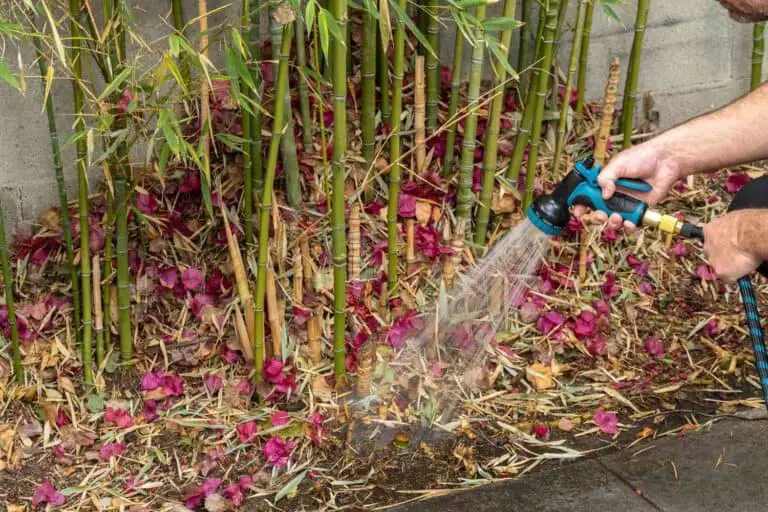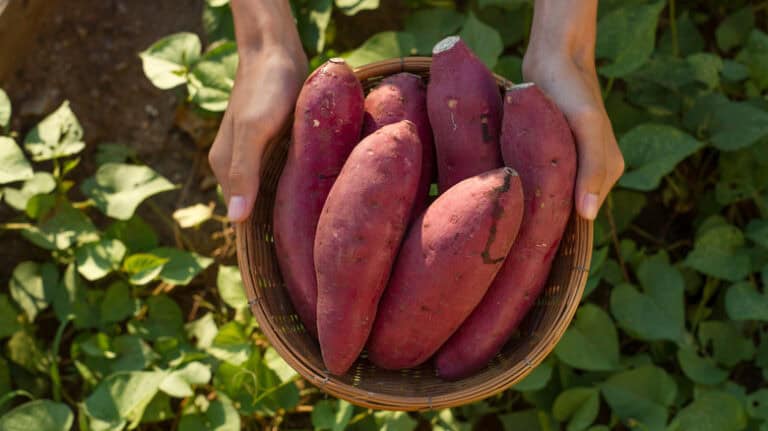12 Brilliant Tips for Your Best Tomato Harvest Yet
Tomatoes are a favorite crop among gardeners, prized for their vibrant colors, rich flavors, and versatility in the kitchen. Achieving the best tomato harvest requires a mix of science, patience, and a bit of gardening know-how. Whether you’re a seasoned gardener or a novice, these twelve tips will help you grow the juiciest, most delicious tomatoes ever.
1. Choose the Right Variety
The first step to a bountiful tomato harvest is selecting the right variety. Tomatoes come in many types, including cherry, beefsteak, plum, and heirloom. Each type has different growing requirements and flavors. Consider your climate and growing conditions. For instance, if you live in a cooler climate, opt for early-maturing varieties like ‘Early Girl’ or ‘Stupice.’ For warmer regions, ‘Brandywine’ or ‘Cherokee Purple’ are excellent choices.
2. Start with Healthy Seedlings
Healthy seedlings are crucial for a robust tomato crop. If you’re starting from seeds, ensure they are disease-free and come from a reputable source. If buying seedlings, look for plants with thick stems and vibrant green leaves. Avoid seedlings that are leggy, yellowing, or have spots, as these may indicate disease or poor health.
3. Prepare Your Soil
Tomatoes thrive in well-drained, fertile soil. Test your soil’s pH and adjust it to between 6.0 and 6.8 for optimal growth. Incorporate plenty of organic matter, such as compost or well-rotted manure, to improve soil structure and fertility. Additionally, consider using a balanced fertilizer to provide essential nutrients like nitrogen, phosphorus, and potassium.
4. Plant Deeply
One unique aspect of tomato plants is their ability to develop roots along their stems. When planting seedlings, bury them deeper than they were in their pots, leaving only the top few sets of leaves above ground. This encourages a more extensive root system, leading to stronger, more resilient plants.
5. Mulch Generously
Mulching is vital for maintaining soil moisture, suppressing weeds, and preventing soil-borne diseases. Apply a thick layer of organic mulch, such as straw, grass clippings, or shredded leaves, around the base of your tomato plants. This helps keep the soil consistently moist and cool, which is particularly beneficial during hot summer months.
6. Water Wisely
Consistent watering is key to preventing issues like blossom end rot and split fruit. Water deeply and regularly, aiming for at least 1-1.5 inches of water per week. Avoid overhead watering, which can promote fungal diseases; instead, use a soaker hose or drip irrigation to deliver water directly to the soil. Monitor soil moisture levels and adjust watering based on weather conditions.
7. Support Your Plants
Tomato plants can become quite heavy with fruit, so providing proper support is essential. Use stakes, cages, or trellises to keep plants upright and prevent them from sprawling on the ground. This not only helps keep the fruit clean and reduces the risk of disease but also makes harvesting easier. Tie plants gently to their supports with soft cloth or garden ties to avoid damaging the stems.
8. Prune for Health and Productivity
Pruning tomato plants can improve air circulation, reduce disease risk, and enhance fruit production. Remove the suckers – the small shoots that develop in the crotch between the stem and a branch – to direct the plant’s energy towards fruiting. Additionally, trim lower leaves that touch the soil to prevent disease. However, be careful not to over-prune, as some foliage is necessary for photosynthesis and shading the fruit.
9. Fertilize Appropriately
Tomatoes are heavy feeders and benefit from regular fertilization. Use a balanced fertilizer or one specifically formulated for tomatoes, following the manufacturer’s instructions. Over-fertilization, particularly with nitrogen, can lead to lush foliage at the expense of fruit production. Consider a side-dressing of compost or organic fertilizer during the growing season to provide a steady supply of nutrients.
10. Monitor for Pests and Diseases
Vigilance is crucial for keeping your tomato plants healthy. Regularly inspect your plants for signs of pests and diseases. Common tomato pests include aphids, tomato hornworms, and whiteflies, while diseases like blight and mosaic virus can also be problematic. Use organic pest control methods, such as neem oil or insecticidal soap, and remove any infected plant material promptly to prevent the spread of disease.
11. Harvest at the Right Time
Knowing when to harvest is essential for the best flavor and texture. Tomatoes should be picked when they are fully colored and slightly firm to the touch. For the best taste, harvest in the morning when the fruits are cool. If you’re unsure, let a few tomatoes fully ripen on the vine and taste them to determine your preferred ripeness level. Be gentle when harvesting to avoid damaging the plant and remaining fruits.
12. Rotate Your Crops
Crop rotation is a vital practice for maintaining soil health and reducing disease risk. Avoid planting tomatoes (or other members of the nightshade family, like peppers or eggplants) in the same spot year after year. Rotate your crops to different areas of the garden to prevent soil depletion and minimize the buildup of pests and diseases.
Conclusion
Achieving a successful tomato harvest requires attention to detail, from choosing the right varieties and starting with healthy seedlings to proper planting, mulching, watering, and fertilizing. Supporting, pruning, and monitoring your plants for pests and diseases are also critical steps. By following these twelve tips, you’ll be well on your way to enjoying a bountiful and delicious tomato harvest, providing you with fresh, homegrown tomatoes throughout the season. Happy gardening!







